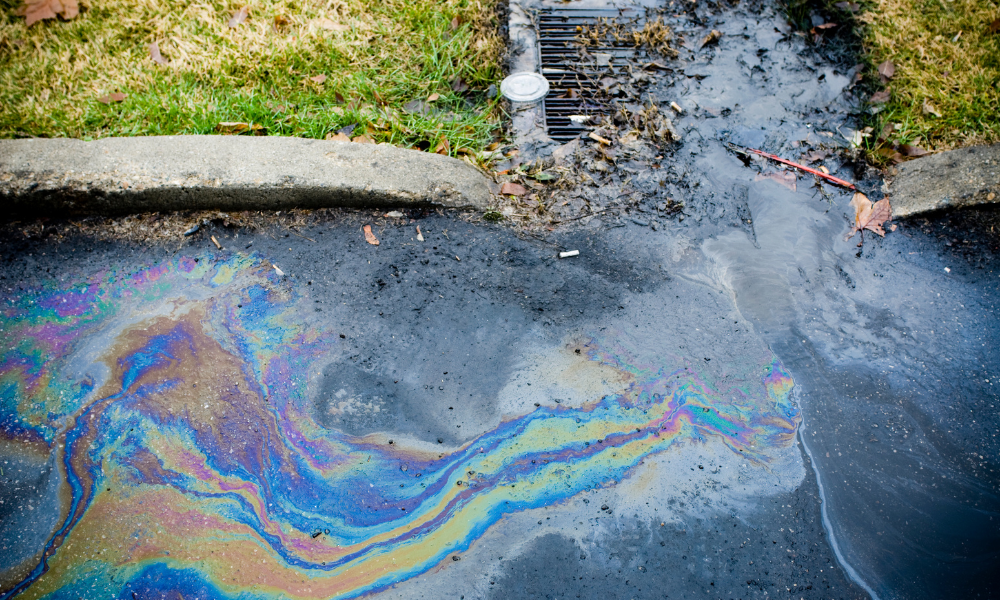
Land contamination may present a significant risk to groundwater situated beneath any site. A quantitative Groundwater Risk Assessment (GRA) is therefore often recommended following chemical analysis of soil or groundwater retained during a Phase 2 Site Investigation; and is commonly integral to Environmental Planning Conditions. Undertaking a GRA assesses whether remedial action is required to clean-up soil and/or groundwater at any site.
The Environment Agency (EA) has specific duties and powers to protect, monitor, and enforce remediation of contaminated groundwater as set out within several legislative documents including the Environmental Protection Act 1990. The EA therefore provides specific guidance and methodologies for the assessment of groundwater with the aim to protect groundwater from pollution by controlling discharges and disposal of dangerous substances.
At BOLD Environmental, our approach to groundwater risk assessment adheres to required legislation; and incorporates the hydrogeological and hydrological setting of the site. Use of the “Source – Pathway – Receptor” approach is the basis of our risk based methodology and is used to provide an initial qualitative assessment of contaminant risk.
Site specific groundwater data (or leached soil data) is then utilised to provide a Groundwater Risk Assessment benchmarked against current Water Quality Standards using one of the following recognised computer modelling tools:
- Annex J5: Infiltration Worksheet v2.0 (EA, 2014), a technical annex within the EA’s H1 Environmental Risk Assessment framework.
- Land Contamination: Remedial Targets Methodology (RTM)(2006, updated 2014)
- ConSim (version 2.5)
How do the models differ?
The Infiltration Worksheet is particularly useful in predicting groundwater concentration at a nominated receptor; and is often used by BOLD for assessment relating to Environmental Permitting. The ConSim model starts with a concentration in the soil and predicts an impact down the pathway at an identified receptor (e.g. at a borehole or stream); whereas the Remedial Targets Methodology defines an acceptable environmental standard at the receptor and works in reverse along the migration pathway to determine what would be an acceptable concentration of a contaminant at the source...i.e. to what concentration would current site levels need to be reduced to (the “Remedial Target”). A benefit of the latter technique is that the Remedial Target may actually be higher than current guideline values, thus potentially giving a reduction in clean-up costs.
The decision on the most appropriate technique will rest with the availability of data, the relative priority of risk, and time constraints relevant to the project or planning scenario.
The results of the model simulation can determine whether Remedial Action is necessary.
The BOLD approach is to listen to your situation, advise on the merits of techniques available; and with your agreement, and where possible, ratify our approach and model input parameters with the regulator before work commences.
